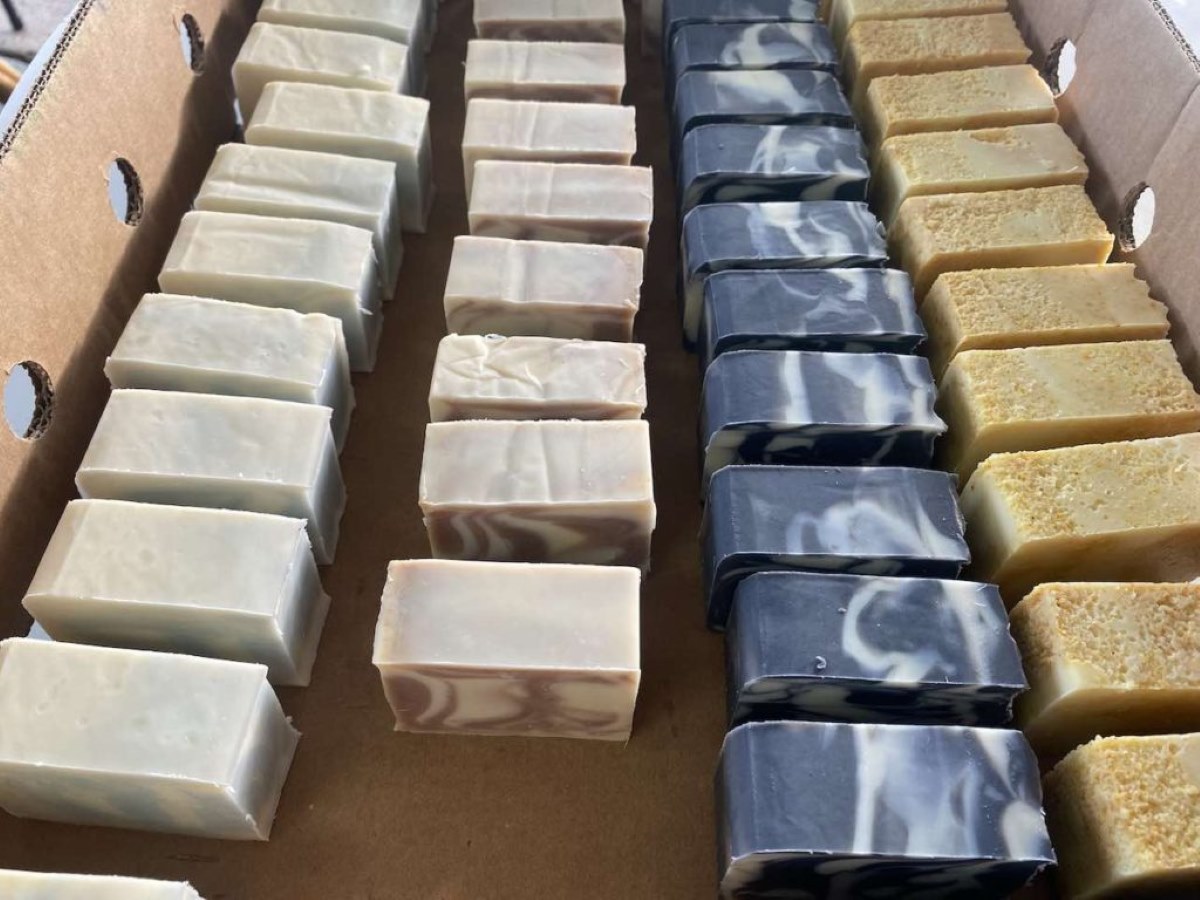

Articles
How To Store Handmade Soap
Modified: December 7, 2023
Learn the best methods to store your handmade soap in this informative article. Keep your soap fresh and lasting longer with these helpful tips.
(Many of the links in this article redirect to a specific reviewed product. Your purchase of these products through affiliate links helps to generate commission for Storables.com, at no extra cost. Learn more)
Introduction
Handmade soap is a luxurious and indulgent treat for the skin. The process of creating soap involves carefully combining oils, butters, and lye to produce a cleansing and nourishing product. As a result of the handmade nature, these soaps often contain natural ingredients and are free from harsh chemicals.
However, to maintain the quality and longevity of handmade soap, proper storage is crucial. The way you store your soap can directly impact its fragrance, texture, and overall effectiveness. In this article, we will explore the importance of proper soap storage and provide you with valuable tips on how to store your handmade soap effectively.
By following these guidelines, you can ensure that your soap stays fresh, durable, and ready to deliver a delightful bathing experience time and time again.
Key Takeaways:
- Proper storage of handmade soap is crucial to maintain its fragrance, texture, and beneficial properties. Choose the right container, avoid heat and humidity, and protect from sunlight to ensure your soap stays fresh and effective.
- Don’t let soap scraps go to waste! Collect, consolidate, and repurpose them to create new bars of soap or explore alternative uses. Reduce waste and continue enjoying the benefits of handmade soap.
Read more: How To Tell If A Quilt Is Handmade
The Importance of Proper Soap Storage
Proper soap storage is essential for preserving the quality and longevity of your handmade soap. When exposed to certain environmental factors, such as excessive heat, humidity, sunlight, or water, your soap can deteriorate or lose its beneficial properties.
One of the main reasons why proper soap storage is important is to maintain the soap’s fragrance. Handmade soaps often contain natural essential oils or fragrance oils that impart a delightful scent. However, if not stored correctly, these fragrances can evaporate or become altered, resulting in a less aromatic soap.
In addition to fragrance, the texture of your soap can also be affected by improper storage. If exposed to excessive humidity or water, the soap may become soft, mushy, or even dissolve entirely. This can greatly reduce the lifespan of your soap and make it less enjoyable to use.
Furthermore, the ingredients in handmade soap, such as oils and butters, are carefully chosen for their nourishing properties. These ingredients can lose their effectiveness if exposed to extreme temperatures or direct sunlight. By storing your soap properly, you can ensure that these beneficial ingredients remain intact, providing your skin with the nourishment and hydration it needs.
Another reason why proper soap storage is crucial is to prevent the soap from accumulating dirt, dust, or other contaminants. When left exposed, soap bars can easily attract and trap debris, making them less appealing and potentially unhygienic to use. By storing your soap in a clean and protected container, you can keep it free from outside impurities and maintain its pristine appearance.
Overall, proper soap storage is not just about maintaining the aesthetic appeal of your soap but also preserving its fragrance, texture, and beneficial properties. By taking the time to store your handmade soap correctly, you can extend its lifespan and continue to enjoy its luxurious and nourishing qualities.
Choosing the Right Soap Storage Container
When it comes to storing handmade soap, choosing the right container is crucial to ensure proper preservation and protection. The ideal soap storage container should provide a clean, dry, and well-ventilated environment for your soap. Here are a few factors to consider when selecting a soap storage container:
Material: Opt for containers made of non-reactive materials such as ceramic, glass, or stainless steel. These materials are resistant to moisture and do not interact with the soap, ensuring its integrity.
Size: Choose a container that is spacious enough to accommodate your soap properly. It should allow enough room for the soap to breathe and avoid any moisture buildup.
Airtightness: While it is important to provide proper ventilation, it is equally essential to protect the soap from excessive airflow. Look for containers with lids or covers that seal tightly to prevent moisture from getting in.
Drainage: If you prefer to store your soap in the shower or near a sink, consider a container with drainage holes or a removable tray. This allows excess water to drain away, keeping the soap dry and prolonging its life.
Visibility: Opt for a clear or translucent container that allows you to see the soap without opening it. This way, you can easily monitor the condition of your soap and determine if it needs to be used or replaced.
Additionally, if you are storing multiple soap bars, you might want to consider using separate containers or dividers to avoid them sticking together or transferring scents.
Remember to thoroughly clean and dry your soap storage container before placing the soap inside to prevent any contamination. A clean container ensures that your soap remains fresh and hygienic throughout its storage period.
By selecting the right soap storage container, you can maintain the quality and integrity of your handmade soap, ensuring that it stays in optimal condition for as long as possible.
Avoiding Excessive Heat and Humidity
Heat and humidity can have a detrimental effect on the quality of your handmade soap. Exposing soap to excessive heat and humidity can cause it to melt, become mushy, or lose its shape and texture. These conditions can also lead to the growth of mold, bacteria, or other microorganisms, making the soap unsuitable for use. To prevent these issues, it is important to store your soap in an environment that is cool and dry.
One of the key steps to avoid excessive heat and humidity is to keep your soap away from direct sources of heat, such as radiators, heaters, or sunny windowsills. These heat sources can cause the soap to soften or melt, leading to a loss of its original shape and consistency.
Similarly, it is crucial to store your soap in a location where it is protected from high humidity levels. Bathrooms, for example, are often humid environments due to steam from showers and baths. While it may seem convenient to store your soap in the bathroom, it is best to keep it in a dry area outside the immediate vicinity of water sources. Placing your soap in a sealed container can also help protect it from excess moisture in the air.
If you live in a particularly humid climate, you can consider using moisture-absorbing materials, such as silica gel packets or moisture-absorbing containers, in your soap storage area. These materials will absorb any excess moisture and help keep your soap dry and in optimal condition.
Furthermore, if you notice that your soap has been exposed to excessive heat or humidity and has become soft or mushy, you can take steps to salvage it. Place the soap in a cool and dry place to harden it up again. However, if the soap has been significantly damaged or has developed an unpleasant odor, it may be best to discard it and start with a fresh bar.
By avoiding excessive heat and humidity, you can preserve the shape, texture, and effectiveness of your handmade soap, ensuring that it remains enjoyable and long-lasting.
Protecting Soap from Direct Sunlight
Exposing handmade soap to direct sunlight can have detrimental effects on its quality and longevity. The powerful UV rays from the sun can cause the soap to fade, discolor, or lose its vibrant appearance. Additionally, prolonged exposure to sunlight can accelerate the breakdown of certain ingredients in the soap, compromising its fragrance and effectiveness.
To protect your soap from direct sunlight, it is important to store it in a cool and shaded area. Avoid placing the soap near windows, where it can be exposed to direct sunlight for extended periods. Instead, choose a storage spot away from natural light sources, such as a cupboard or drawer.
If you do not have a suitable shaded storage area, you can use opaque or tinted containers to shield the soap from sunlight. This provides an additional layer of protection, reducing the amount of light that reaches the soap and minimizing the risk of discoloration or deterioration.
If you enjoy displaying your soap or prefer to keep it on a soap dish, make sure that the dish or container is also kept away from direct sunlight. Look for a shaded spot in your bathroom or choose a soap dish that comes with a cover or lid to protect the soap when it is not in use.
By taking these precautions and protecting your soap from direct sunlight, you can maintain its visual appeal, color, and overall quality, ensuring that it remains as fresh and vibrant as when you first purchased or made it.
After using handmade soap, allow it to air dry on a well-drained soap dish to prolong its life. Store unused bars in a cool, dry place away from direct sunlight.
Read more: How To Store Soap
Preventing Soap from Coming into Contact with Water
Water is one of the biggest enemies of handmade soap. When soap comes into contact with water, it can soften, dissolve, or become mushy, significantly reducing its lifespan and usability. To ensure the longevity of your soap, it is crucial to prevent it from coming into direct contact with water.
One of the simplest ways to prevent water contact is to use a soap dish or tray with proper drainage. A soap dish with raised ridges or holes allows excess water to drain away, keeping the soap dry between uses. This not only extends the life of the soap but also prevents it from becoming slimy or mushy.
Ensure that your soap dish is placed in a location that is away from water splashes or drips. If you store your soap in the shower, consider using a soap dish with a suction cup that can be attached to the wall or a hanging soap bag that allows the soap to drip dry after use.
Another precautionary measure is to keep your soap away from areas prone to water splashes, such as near sinks or faucets. Water can unintentionally come into contact with the soap, causing it to dissolve or soften even when not in use. Storing your soap in a covered container or keeping it in a dry area away from water sources can help prevent this.
Furthermore, after each use, make sure to place your soap in a dry and well-ventilated area. Avoid leaving it in a pool of water or in a wet soap dish, as this can cause the soap to become soggy and break down prematurely. Allow the soap to air dry completely before storing it to ensure the moisture evaporates.
If your soap does accidentally come into contact with water, you can take steps to salvage it. Remove any excess water by blotting the soap gently with a dry towel and allow it to air dry completely. If the soap has significantly softened or dissolved, you can reshape it and let it dry out before using it again.
By preventing your soap from coming into contact with water, you can preserve its texture, shape, and overall effectiveness, ensuring that each bar lasts as long as possible.
Storing Soap in a Dry and Well-Ventilated Area
Proper ventilation is essential when it comes to storing handmade soap. Keeping your soap in a well-ventilated area allows air to circulate around the soap and helps prevent the buildup of excess moisture, which can lead to molding or deterioration.
Avoid storing your soap in airtight containers or sealed bags, as this can trap moisture and promote the growth of mold or bacteria. Instead, choose a location that provides adequate airflow and allows the soap to breathe.
One option is to use a wire soap rack or a wooden slatted soap dish that allows air to flow through, preventing the soap from sitting in a damp environment. These types of soap storage solutions promote drying and help keep the soap in optimal condition.
Another important consideration is the humidity level of the storage area. High humidity can lead to excessive moisture accumulation on the soap’s surface, making it soft or mushy. Therefore, it is advisable to store your soap in a dry area of your home, away from humid spaces like bathrooms or kitchens.
A temperature-controlled room with moderate humidity is ideal for soap storage. It is best to avoid extreme temperature fluctuations, as this can also affect the quality and longevity of the soap.
Additionally, it’s important to keep the soap away from potential water sources, such as open windows during rainstorms or leaky pipes. Even small amounts of water can make their way to the soap and cause damage or degradation.
If you live in a humid climate or if your soap tends to attract moisture, you can use moisture-absorbing materials, such as desiccant packs or silica gel, in the storage area. These materials help absorb excess moisture from the air and maintain a drier environment around the soap.
By storing your soap in a dry and well-ventilated area, you can prevent moisture buildup and ensure its longevity. Proper ventilation not only helps preserve the soap’s texture and fragrance but also reduces the risk of mold or bacterial growth, allowing you to enjoy your handmade soap for an extended period.
Using Proper Packaging for Long-Term Storage
When it comes to long-term storage of handmade soap, using proper packaging is crucial in maintaining the soap’s quality and integrity. Packaging serves as a protective barrier, shielding the soap from external elements such as moisture, dust, and light.
One of the most popular packaging options for long-term storage is wrapping the soap in breathable materials such as wax paper or unbleached parchment paper. These types of papers allow air to circulate around the soap while still providing a protective layer. Avoid using plastic wrap or sealed bags, as they can trap moisture and lead to the deterioration of the soap.
If you prefer a more eco-friendly option, you can use reusable cotton or muslin drawstring bags to store your soap. These bags provide protection while allowing airflow, making them an excellent choice for preserving the soap’s freshness.
Another packaging option is to use soap boxes or tins specifically designed for soap storage. These containers often have ventilation holes or ridges to allow air circulation. They provide a secure and portable storage solution, keeping the soap protected from environmental factors.
When choosing packaging materials, be sure to opt for acid-free and lignin-free options to avoid any potential reaction with the soap. Acid-free materials prevent the soap from being negatively affected by acidic components that may be present in some papers or packaging products.
It’s important to ensure that the soap is completely dry before packaging it for long-term storage. Any remaining moisture can lead to mold or degradation over time. Allow the soap to air dry for several days or use a dehumidifier to remove excess moisture before packaging.
Additionally, label each package with the name of the soap and the date it was made. This helps keep track of the soap’s age and ensures that you use the oldest bars first, preventing any soap from sitting unused for an extended period.
By using proper packaging for long-term storage, you can protect your handmade soap from moisture, dust, and light, preserving its quality and ensuring that it remains fresh and effective for an extended period.
Tips for Storing Soap Scraps
Soap scraps are the leftover bits and pieces that accumulate when using handmade soap. Instead of letting these scraps go to waste, you can gather and store them to create a new bar of soap or find alternative uses. Here are some tips for storing soap scraps:
1. Collect and consolidate: Start by collecting all the soap scraps and consolidating them into one container. This can be a small jar, a mesh bag, or a resealable plastic bag.
2. Grate or chop the scraps: If the soap scraps are larger pieces, consider grating or chopping them into smaller bits. This will make it easier to create a new bar of soap or use the scraps for other purposes.
3. Combine with a binder: To create a new bar of soap from the scraps, mix them with a binding agent such as glycerin or a liquid soap base. This will help the scraps adhere together and form a cohesive bar.
4. Use a soap mold: Place the mixture of soap scraps and binding agent into a soap mold. You can use a specialized soap mold or even repurpose empty containers like yogurt cups or ice cube trays.
5. Allow the soap to cure: Once the soap is molded, allow it to cure and harden properly. This process usually takes a few weeks, depending on the size and composition of the soap bar.
6. Store in a cool, dry place: Once the new soap bar is fully cured, store it in a cool, dry place to extend its shelf life. Avoid exposing it to excess moisture or heat, as this can cause the soap to soften or degrade.
7. Label and date: Label the new soap bar with its ingredients and the date it was made. This will help you keep track of the soap’s age and ensure that you use the oldest bars first.
8. Repurpose creatively: If you prefer not to create a new bar of soap, there are many creative ways to use soap scraps. You can place them in a mesh bag or soap saver and use them as a body scrub, or melt them down to create liquid soap or handwash.
By following these tips, you can make the most of your soap scraps and minimize waste while still enjoying the benefits of handmade soap.
Read more: How To Wash A Handmade Quilt
Conclusion
Proper storage of handmade soap is essential for preserving its quality, fragrance, and effectiveness. By following the tips outlined in this article, you can ensure that your soap stays fresh, durable, and ready to deliver a delightful bathing experience.
Choose the right soap storage container that allows for proper ventilation, protects against excessive heat and humidity, and shields the soap from direct sunlight. Consider using breathable materials or containers with drainage to prevent moisture buildup and potential damage to the soap. Additionally, select a storage area that is dry and well-ventilated, away from water sources and humidity, to maintain the soap’s texture and prevent molding.
Using proper packaging for long-term storage will further safeguard your soap from moisture, dust, and light. Select acid-free and lignin-free packaging options to prevent any negative reactions with the soap. Label each package with the soap’s name and date of creation to keep track of its age and usage.
Don’t forget about the importance of storing soap scraps. Collect, consolidate, and repurpose these scraps to create new bars of soap or explore alternative uses like body scrubs or liquid soap. Utilizing soap scraps reduces waste and allows you to continue enjoying the benefits of handmade soap.
By implementing these storage practices, you can extend the lifespan of your handmade soap, ensuring that it remains fresh, fragrant, and effective for as long as possible. So, take care of your soap, and it will continue to provide you with luxurious bathing experiences, leaving your skin feeling nourished and rejuvenated.
Frequently Asked Questions about How To Store Handmade Soap
Was this page helpful?
At Storables.com, we guarantee accurate and reliable information. Our content, validated by Expert Board Contributors, is crafted following stringent Editorial Policies. We're committed to providing you with well-researched, expert-backed insights for all your informational needs.
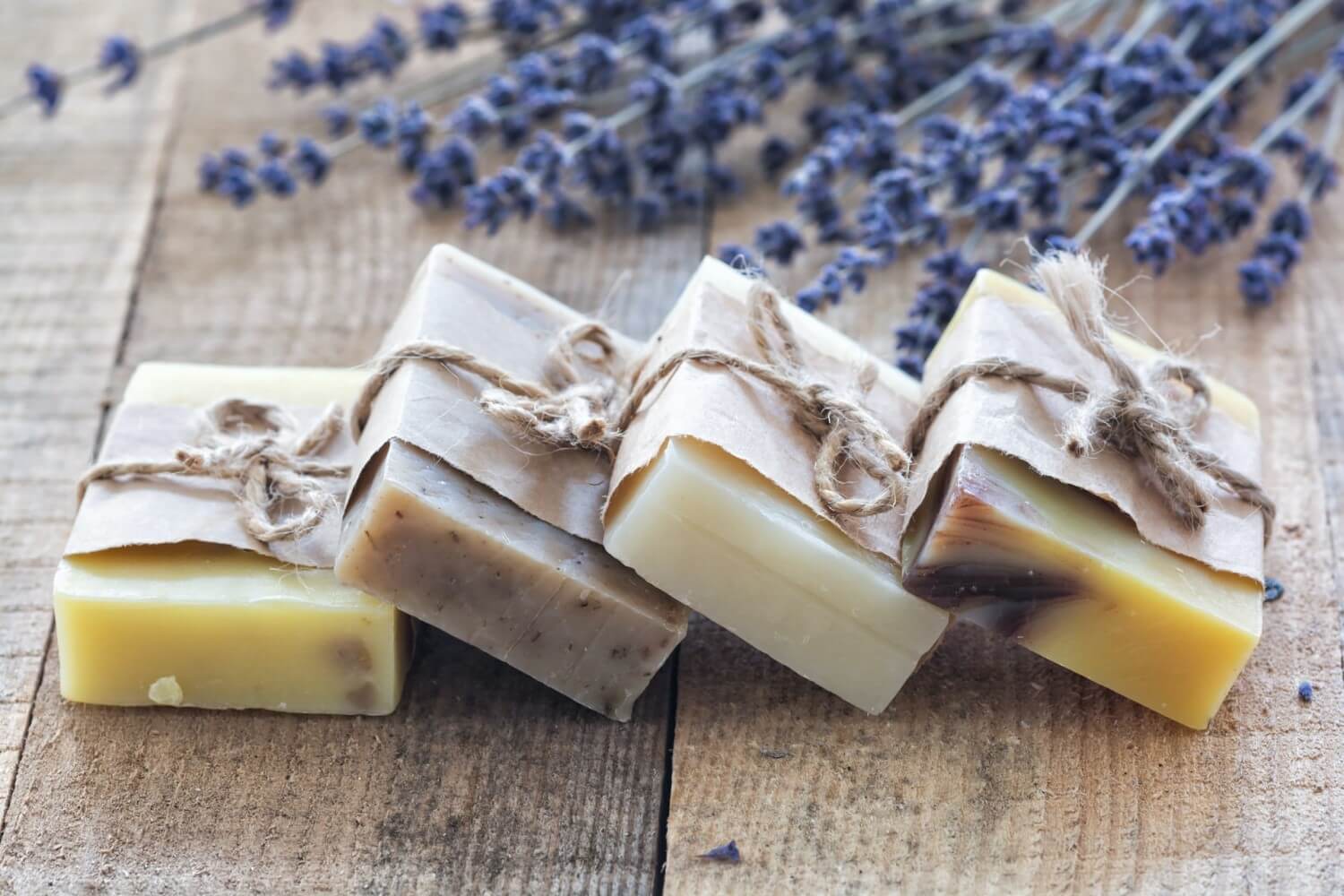
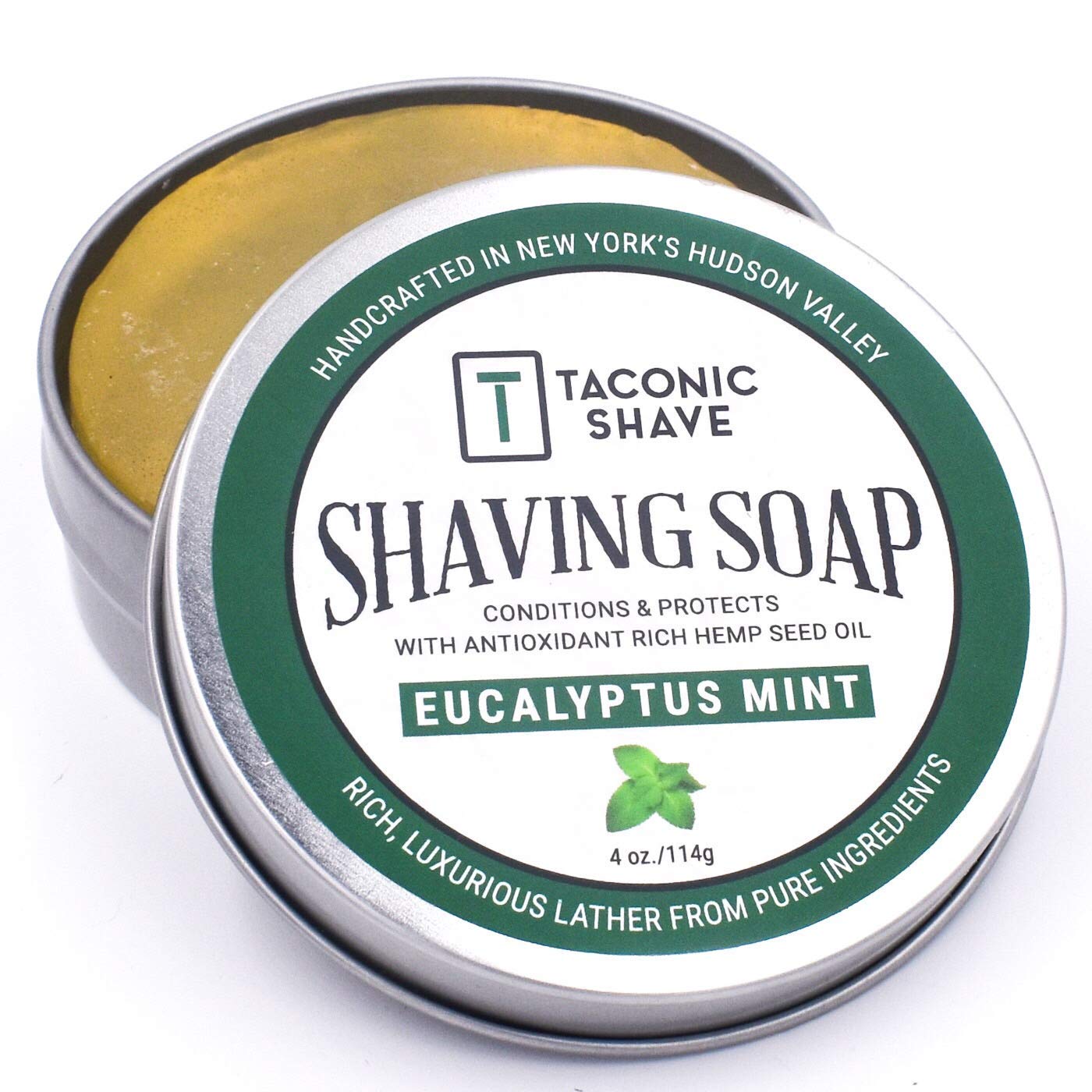
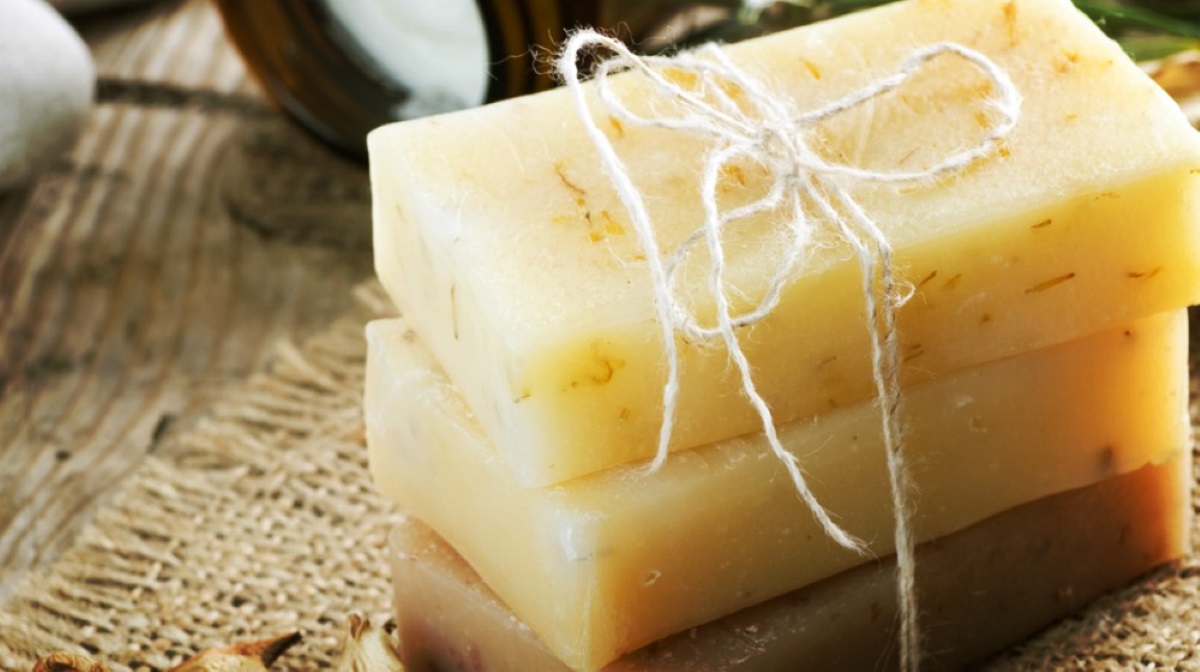
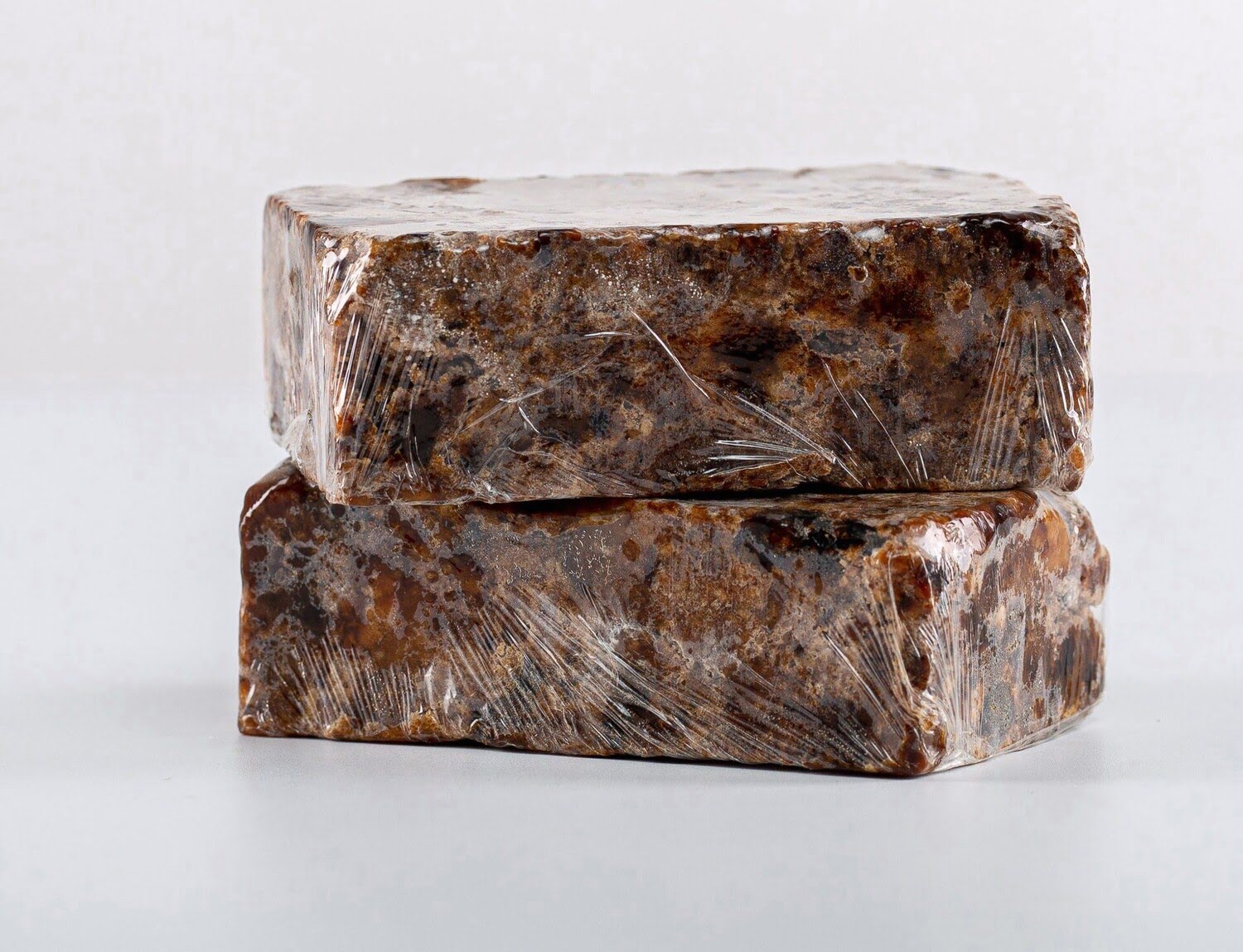
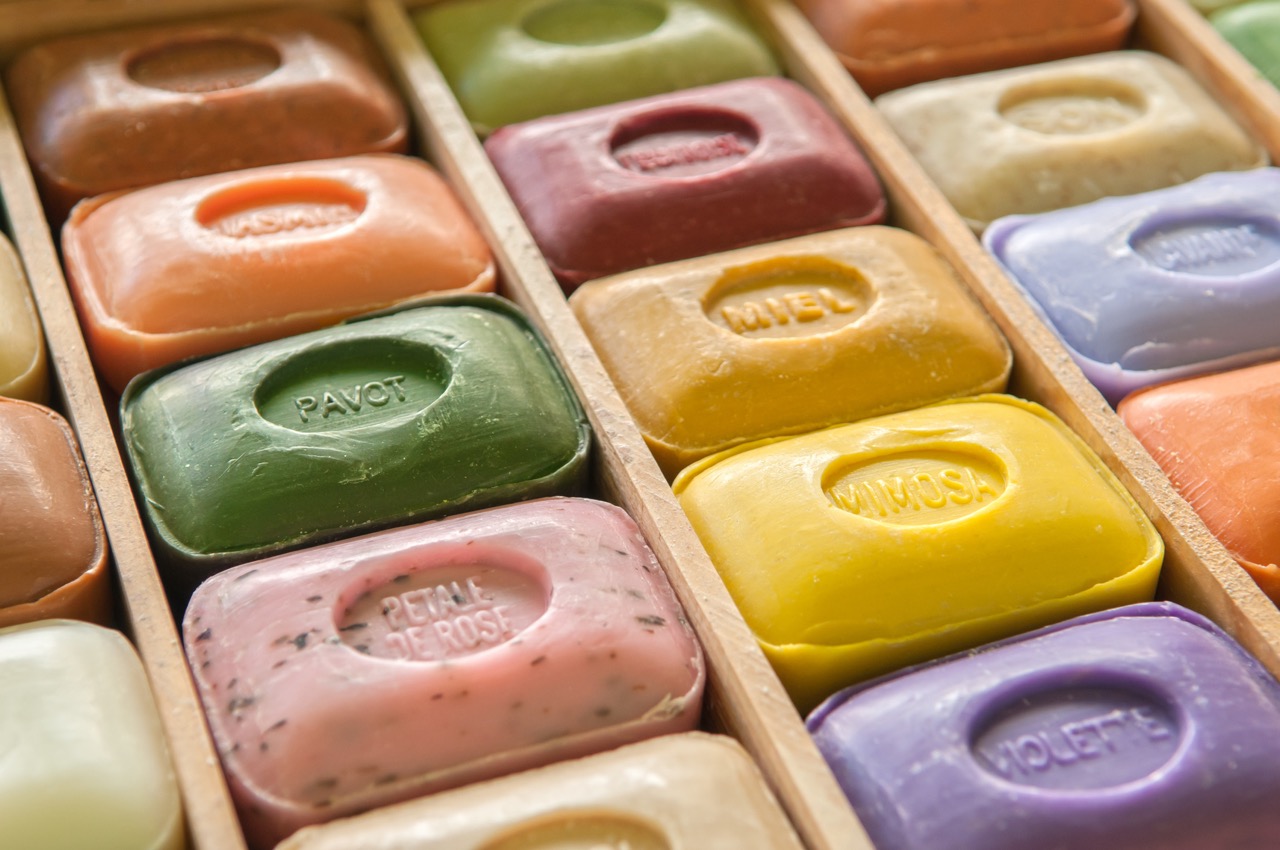

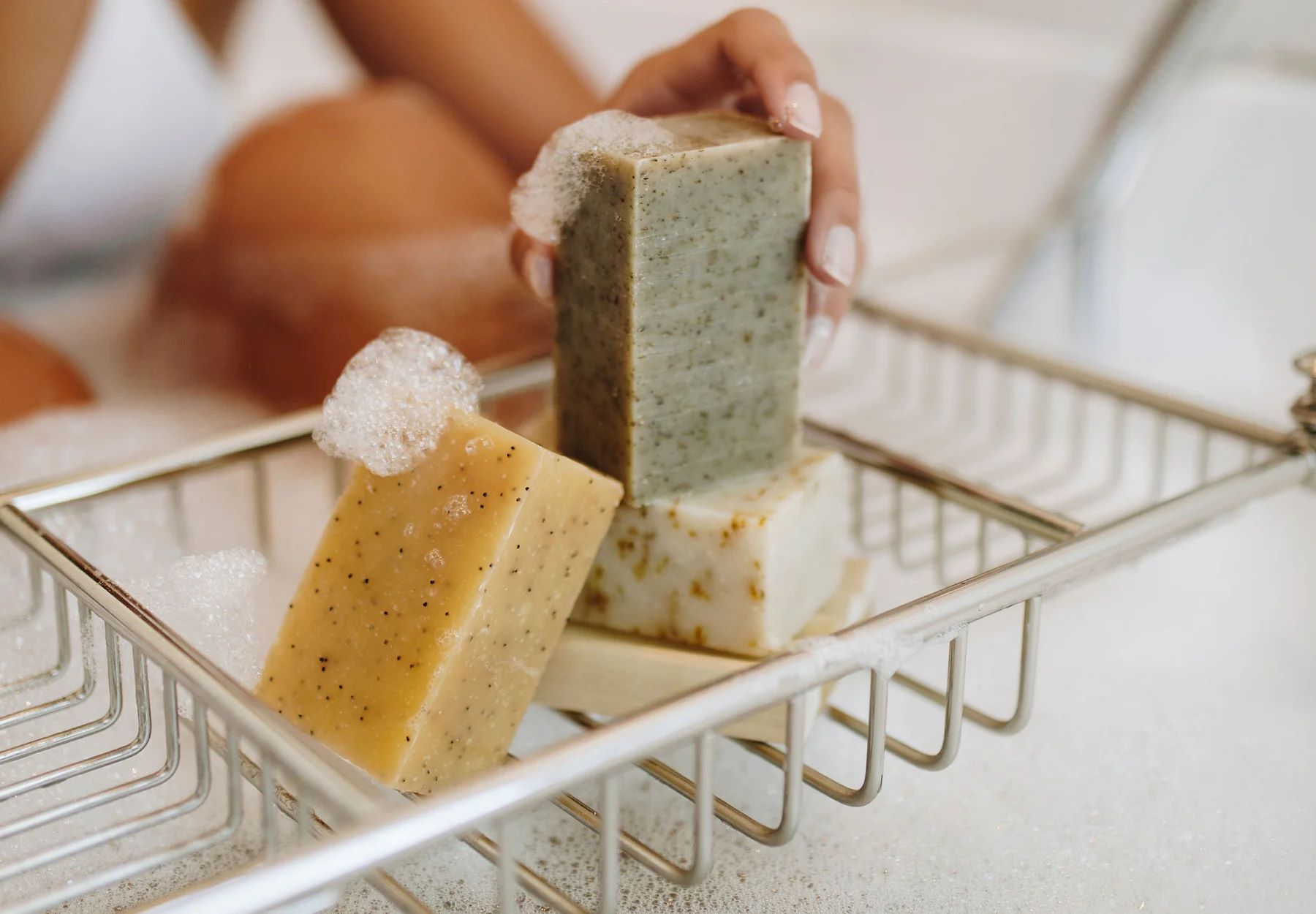
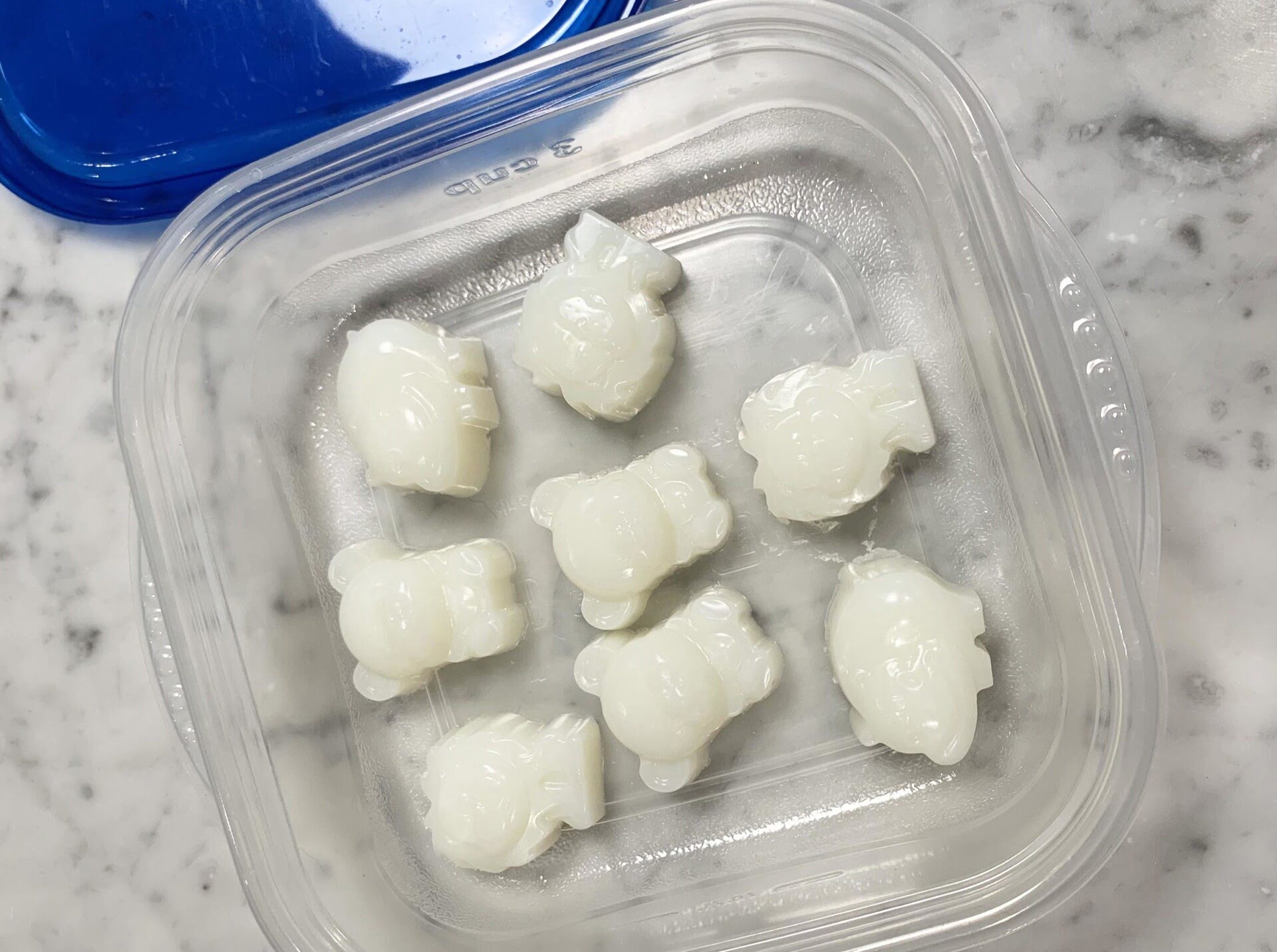
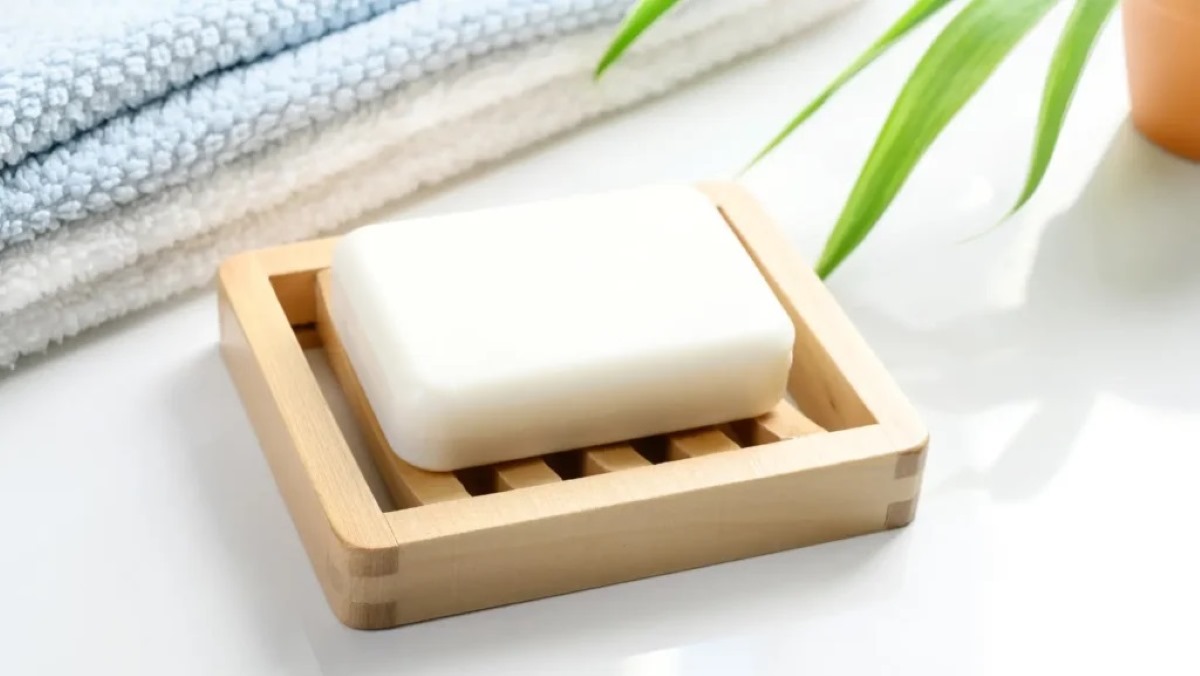
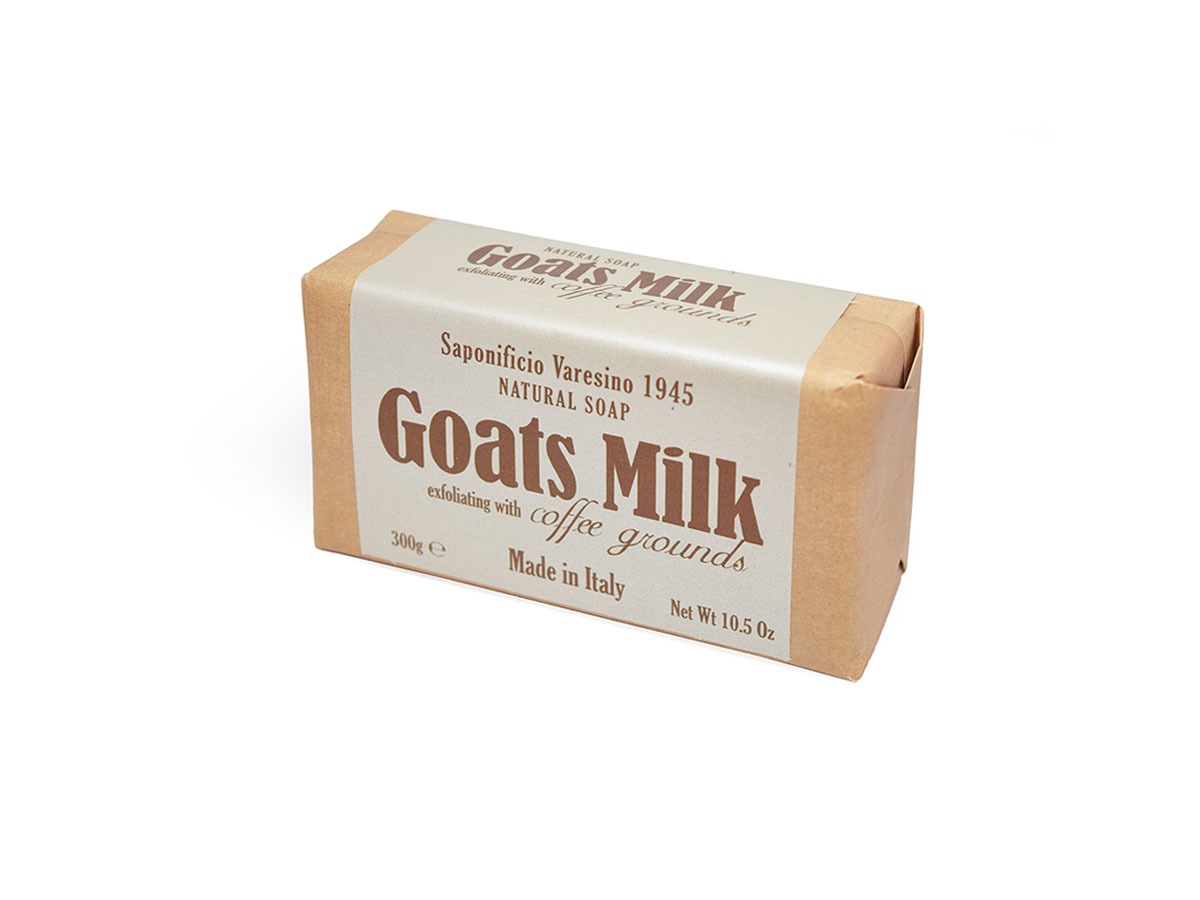
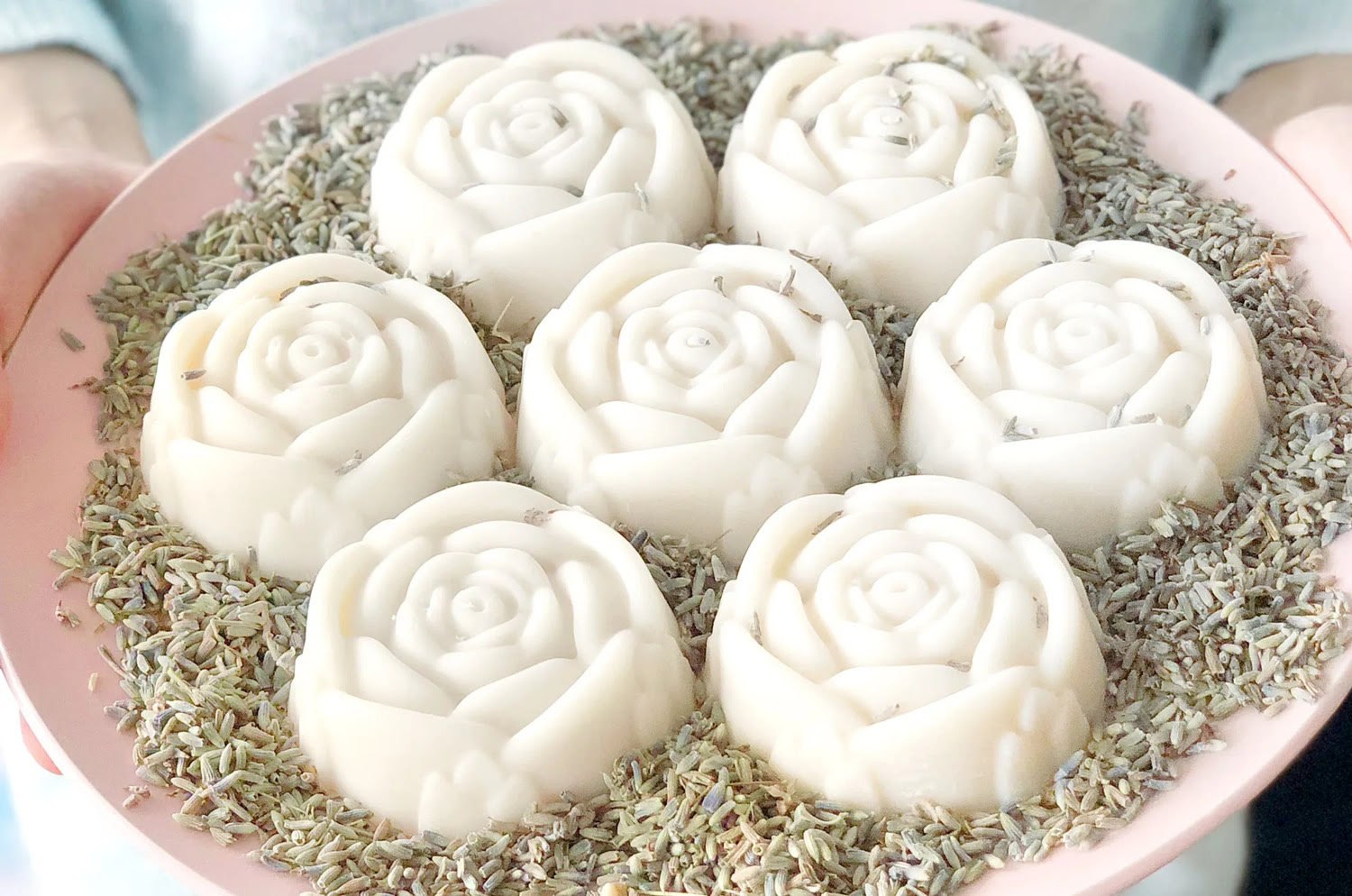
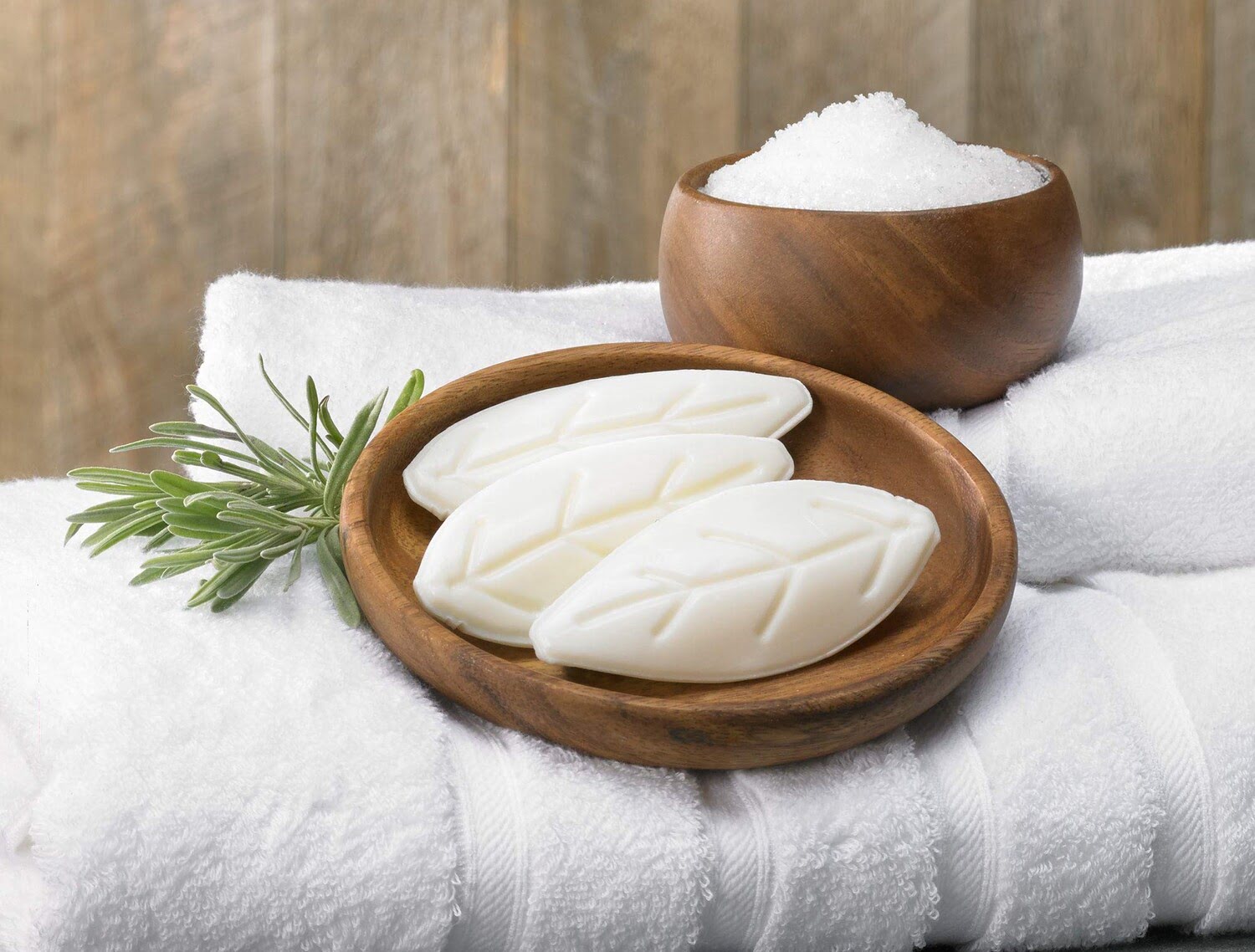
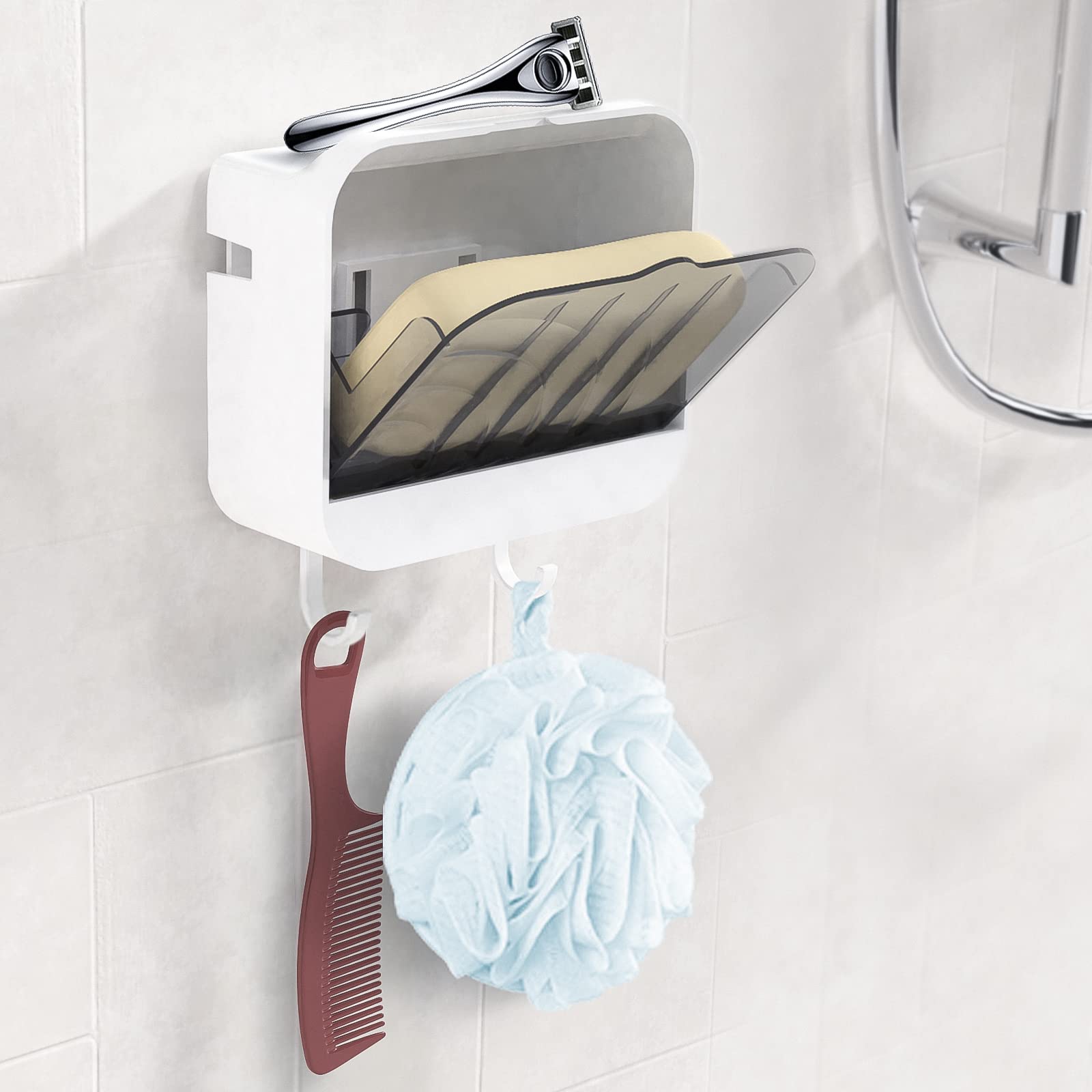

0 thoughts on “How To Store Handmade Soap”